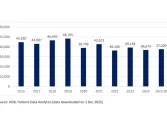
Jakarta records Q1 retail occupancy rate of 73.8%
Middle class malls continue to struggle with occupancy.
According to Colliers, seasonal religious celebrations create a festive atmosphere and contribute to shopping experiences at the beginning of 2025.
Both retailers and mall owners took advantage of the momentum by holding a series of celebratory events to drive footfall, increase sales, and strengthen their presence as shopping destinations.
Here’s more from Colliers:
However, instead of aggressive expansion, most retailers are currently prioritizing optimizing the performance of existing stores. As a result, occupancy rates in Jakarta and Greater areas showed only a slight QoQ increase in 2025 compared to the same period in 2024. Available spaces in newly opened malls also contributed to small occupancy growth in both Jakarta and Greater areas in early 2025.
As of Q1 2025, the average occupancy rate was recorded at 73.8% in Jakarta and 70.7% in the Greater area.
By mall grade, the average occupancy rate of shopping centers continues to show notable differences across mall grades. In Jakarta, Premium and Middle-Upper class malls recorded average occupancy rates of 86% and 88%, respectively, in Q1 2025. These malls tend to attract shoppers with higher purchasing power, allowing for greater discretionary spending. This shopping capacity supports the stable performance of upper-class malls, enabling them to maintain healthy occupancy rates.
In contrast, Middle to Middle-Lower class malls continue to face challenges, with current occupancy rates of around 71% and 50%, respectively. Visitors in these segments tend to be more sensitive to increases in the basic cost of living, which can limit discretionary spending. As a result, they may reduce or postpone non-essential purchases, ultimately affecting tenant performance and occupancy levels in these malls.
Similar performance gaps are also apparent among malls in Greater Jakarta, where Middle-Upper grade malls posted occupancy rates of about 84% in Q1 2025. Meanwhile, Middle and Middle-Lower malls recorded occupancy rates of around 70% and 62%, respectively. Although these differences point to varying consumer segments and spending patterns, there remains room for improvement as landlords implement new strategies to restore occupancy rates.
New tenant openings, including those during Q1 2025, continue to demonstrate that global and local brands remain optimistic about the potential of the retail market. Malls are introducing more attractions, from digital zoo concepts to multi-level go-kart tracks, offering a variety of entertainment options. Meanwhile, new food and beverage outlets continue to expand, complementing the diverse dining options. Overall, these trends lead to broader retail offerings as malls actively adapt to meet the evolving needs of today’s shoppers.




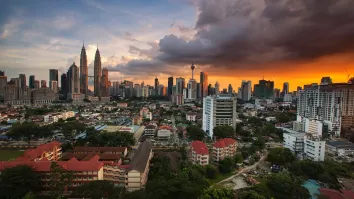
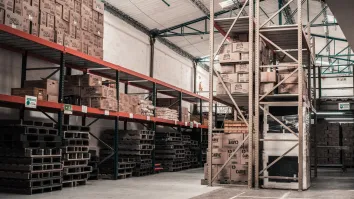



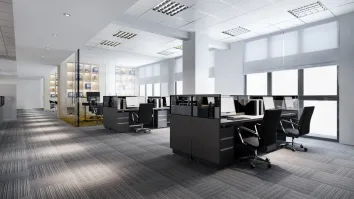



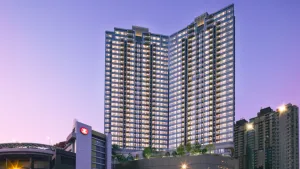


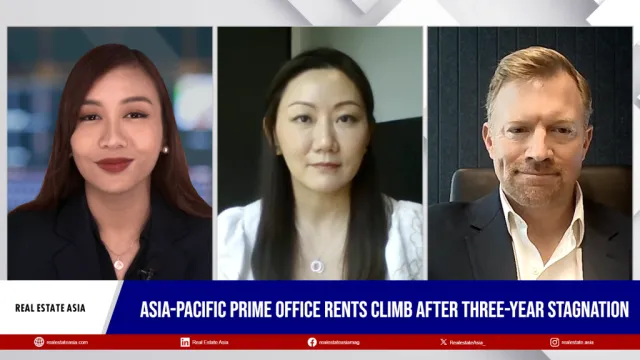


 Advertise
Advertise
